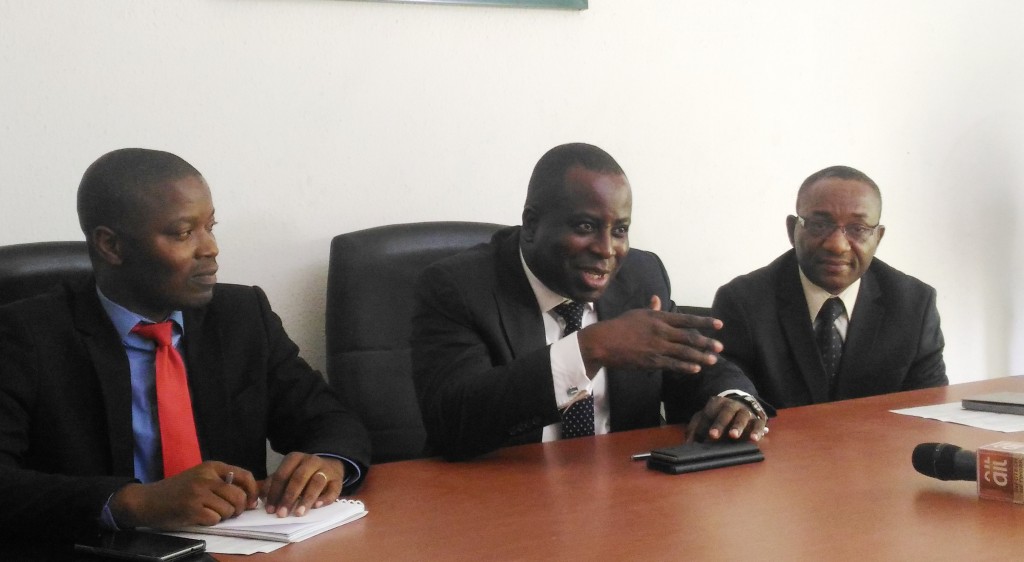Statistics have shown that there are 2.5billion subscribers online today with 20% of Sub-Saharan African population with access to the internet as at December 2015 coming from Nigeria. The figure seems to be encouraging Ericsson to deepen activities that can drive 50% of world population to be connected by 2020.
accordingly, Ericsson has launched a new suite of solutions consists of: Ericsson Site Manager software paired with Ericsson Site Controller, Radio 2219, Antenna Integrated Radio, AIR2488, MINI-LINK 6363, MINI-LINK 6651 indoor unit and new additions to the Ericsson Enclosure family. It also includes new software enhancements to both the Zero Touch WCDMA and Flow of Users solutions.
The solutions are aimed at helping telecom operators deliver outstanding user experience, ensure sustainable coverage growth and build cost efficient MBB coverage.
The new suite of solutions, which includes software and hardware additions to Ericsson Radio System, provide the capabilities needed to reduce the total cost of ownership by up to 40 percent when rolling out Ericsson’s total site solution for mobile broadband, making investments in low-ARPU markets viable.
Arun Bansal, head of Business Unit Network Products, Ericsson, said: “These are among the most important additions to our product portfolio for mobile broadband coverage growth ever. Ericsson supports the International Telecommunication Union’s Connect 2020 target of ensuring that more than 50 percent of people in the developing world are using the internet by 2020.In order to reach this goal, together we will need to connect roughly 500,000 new users to the internet each day. Ericsson continues innovating so that operators can create viable business even in rural or off-grid settings, and to make the most difference with every investment.”
Daryl Schoolar, principal analyst, Intelligent Networks, Ovum, said “These innovations address investment pain points while also considering the current situation and environment of many of these builds. Ericsson is unique in their multifaceted approach and focus on spurring mobile broadband adoption in these developing markets.”
The new solutions address the significant divide in internet adoption between developed and developing countries–only four out of ten people in developing countries are connected to the internet and about 15 percent of the world’s population do not have access to electricity– and the innovations follow a trio of solutions for developing areas unveiled in February this year: Flow of Users, Zero Touch and Mobile Broadband Expander.
Jean-Claude Geha, head of Region, Sub-Saharan Africa, says: “As at 2015, GSM/EDGE still accounted for close to 70 percent of the total mobile subscriptions in sub-Saharan Africa. As a technology leader, we continuously seek to develop sustainable ways to provide quality mobile broadband coverage — even in the unconnected areas. These energy-efficient suites of solutions will enable operators to seamlessly identify underserved communities in the region, making it faster to introduce or improve the mobile broadband experience of their subscribers. This will open new opportunities in far flung areas in the region, creating access to new services such as mobile money, e-health, e-education and e-government, thereby transforming the way people play, learn and do business forever.”
To complement deployment of the solutions are new unique mobile broadband tools, which allow operators to identify which sites in a GSM/EDGE coverage area have the highest number of users who already have internet-ready devices. Operators can then determine where it makes more sense to convert those sites first to HSPA or 4G/LTE, so that the greatest number of people will enjoy the benefits of mobile broadband.
The Broadband Commission for Sustainable Development, co-chaired by ITU and UNESCO, has championed the vital role that ICT (Information and Communication Technology) plays in laying the foundation to achieving the UN Sustainable Development Goals, and its new report to be launched later this week highlights that the digital divide is shifting from basic telephony to internet.









